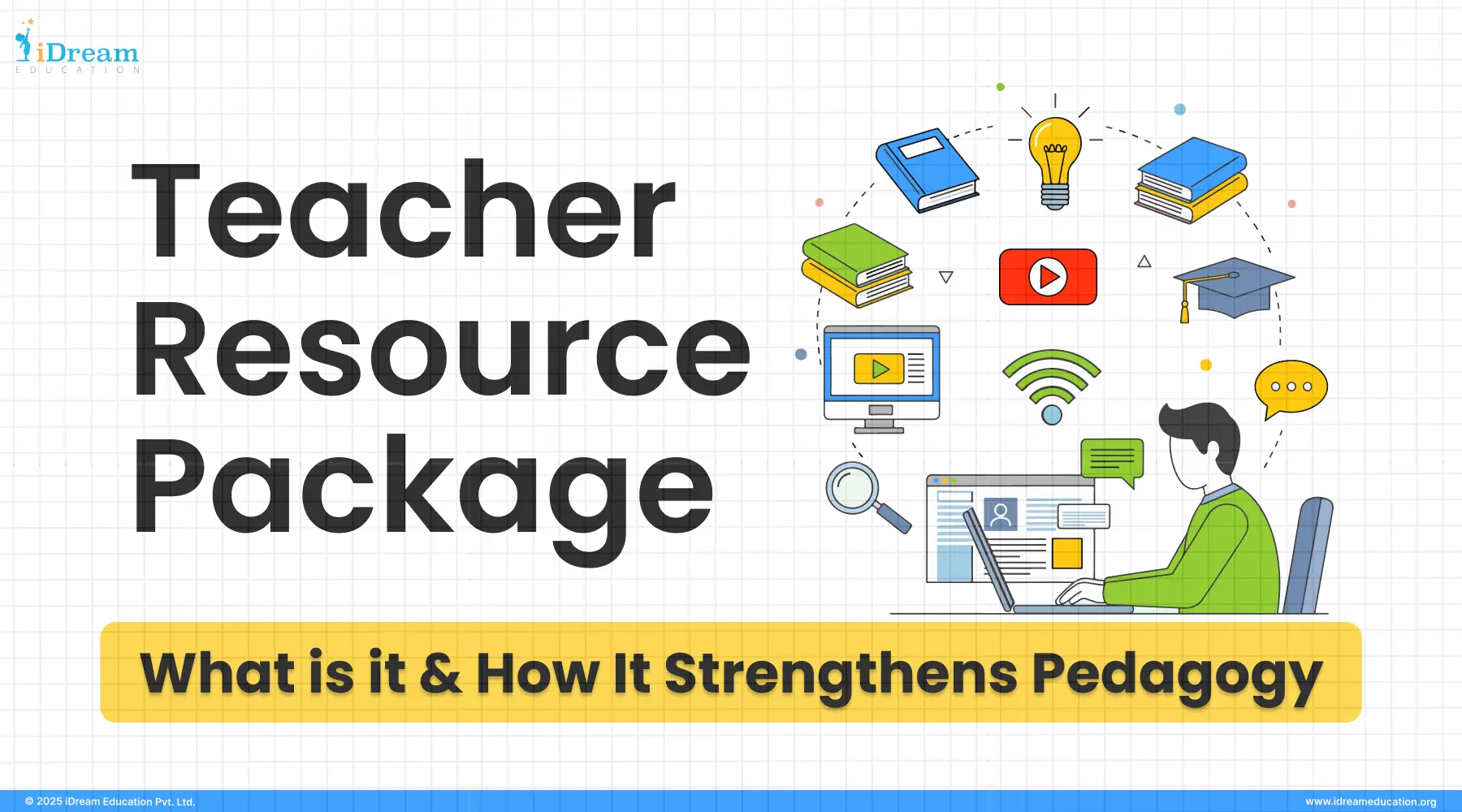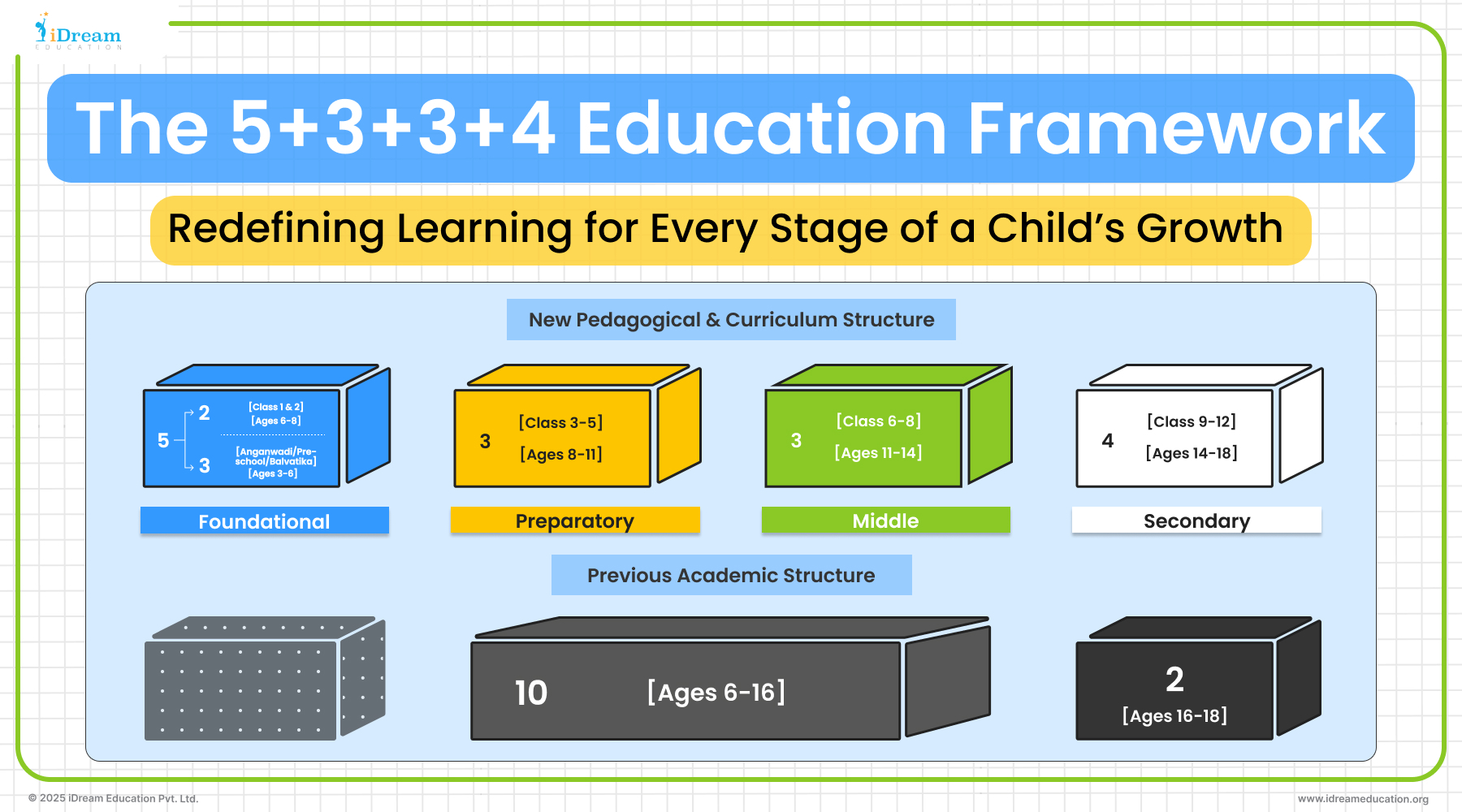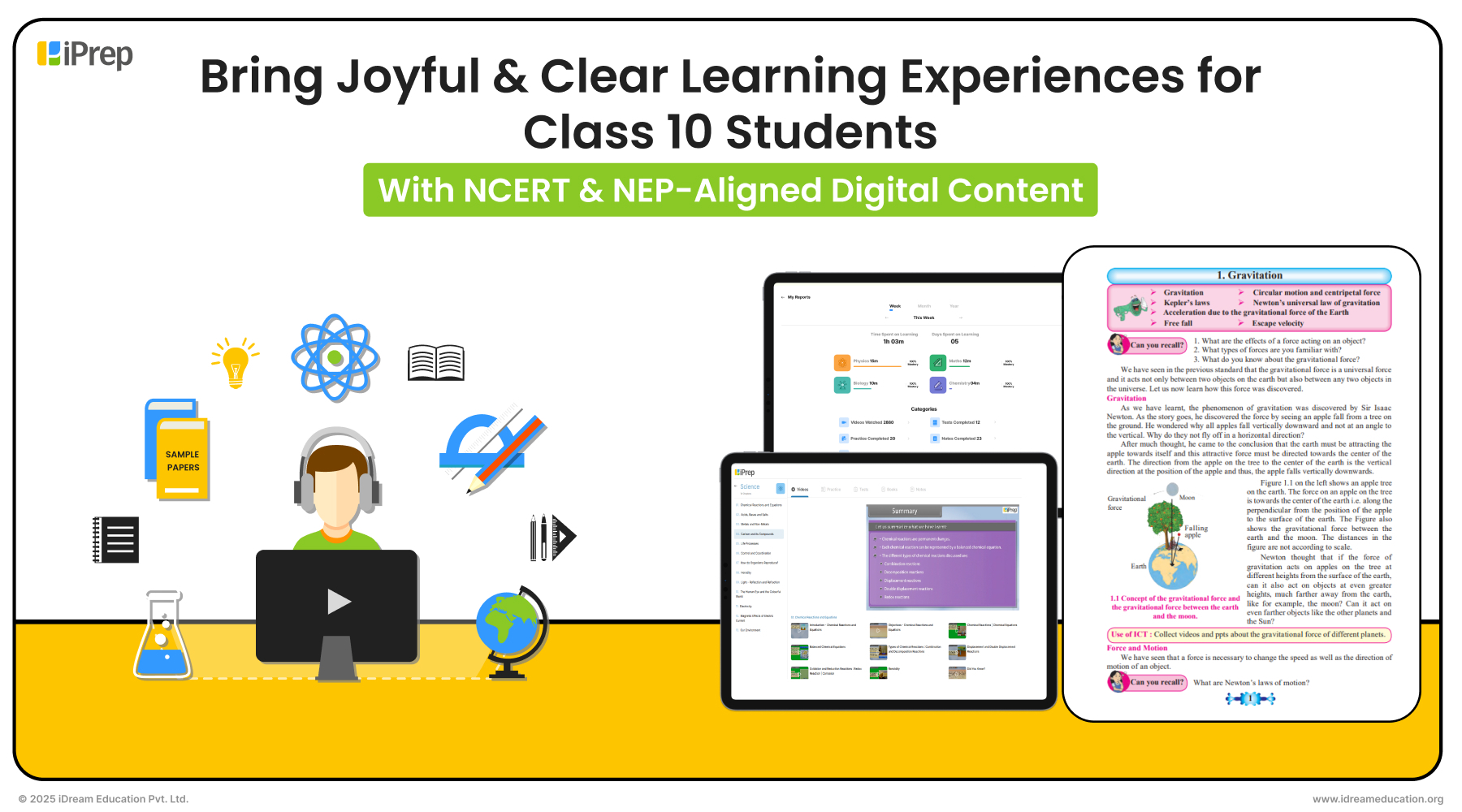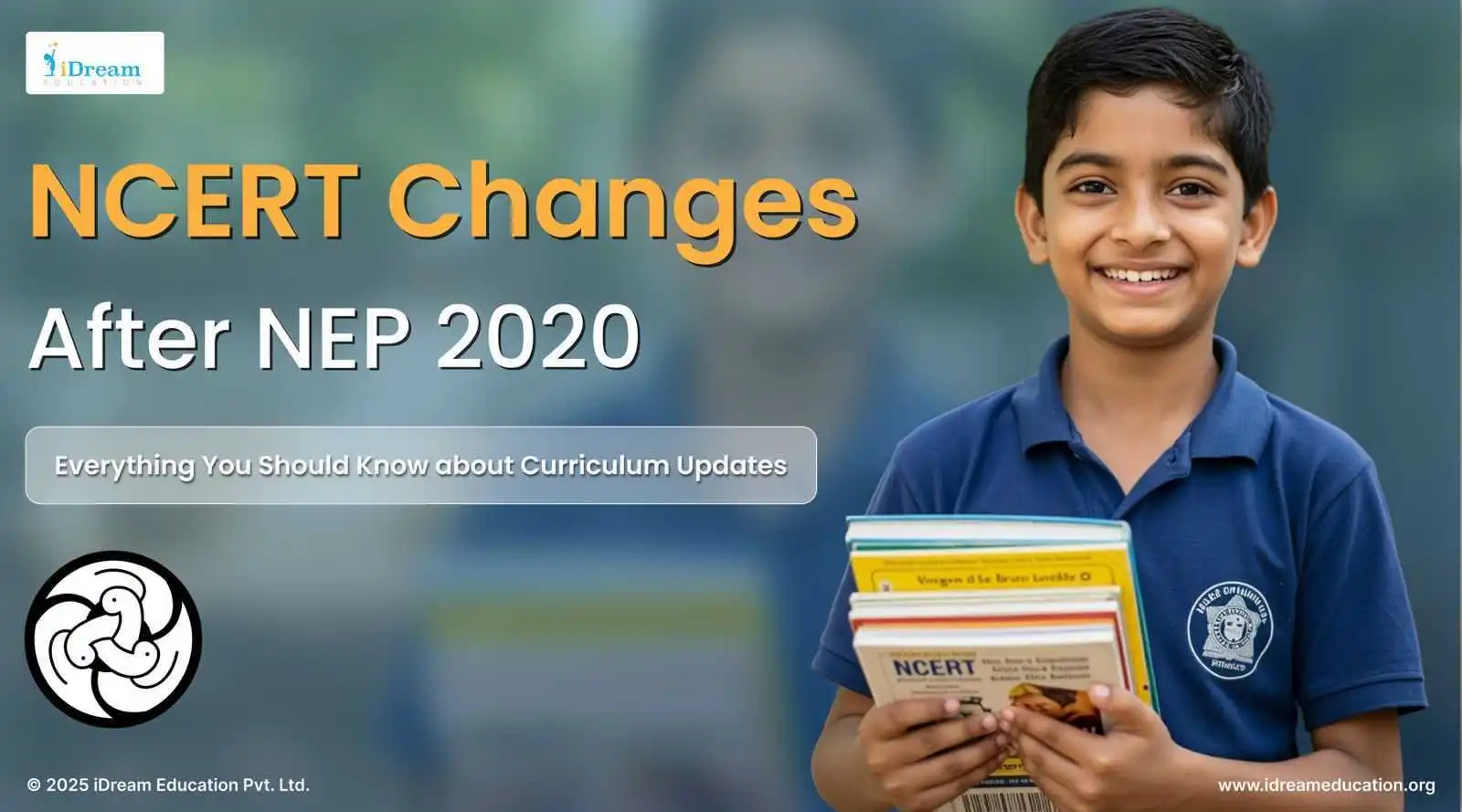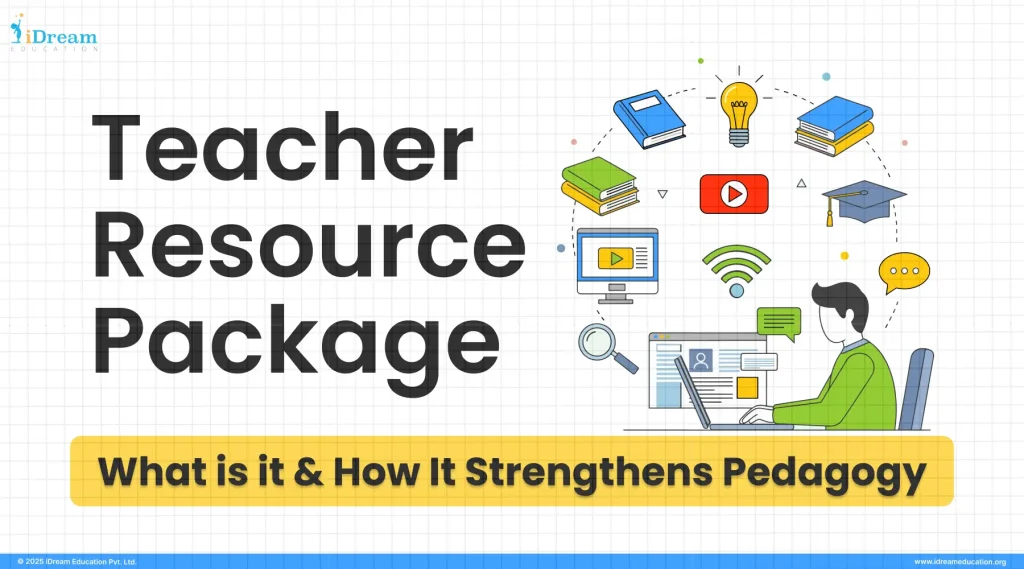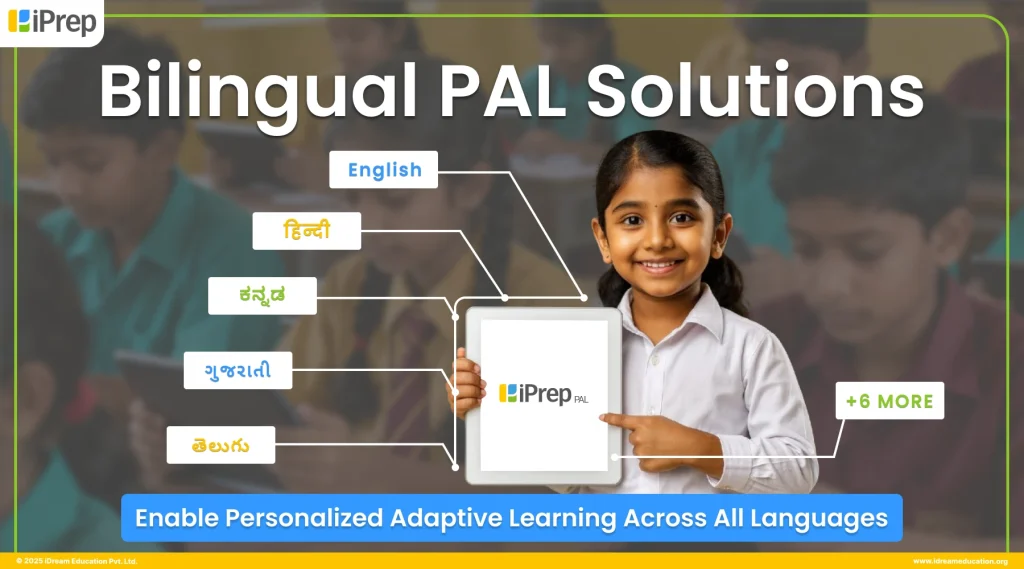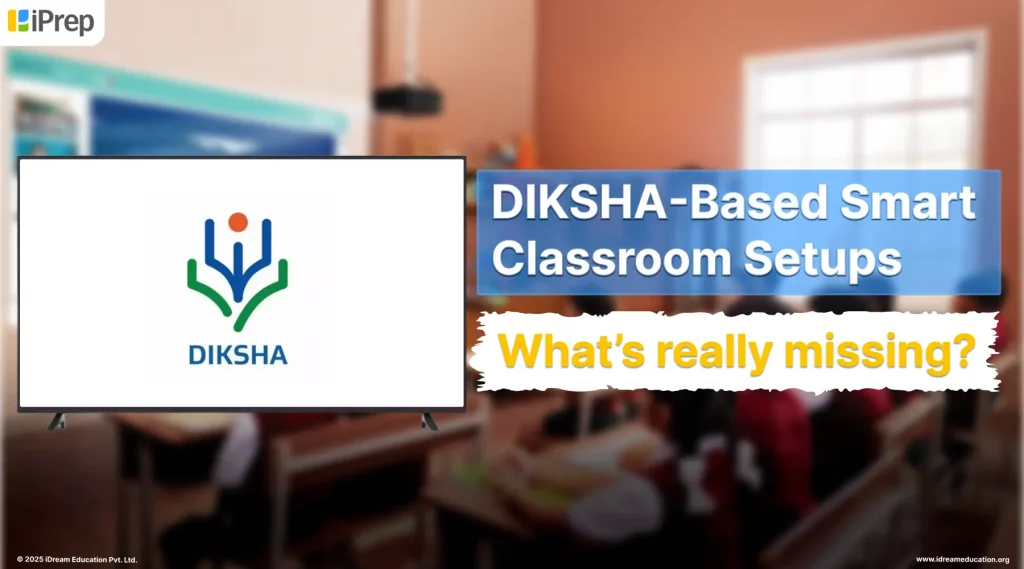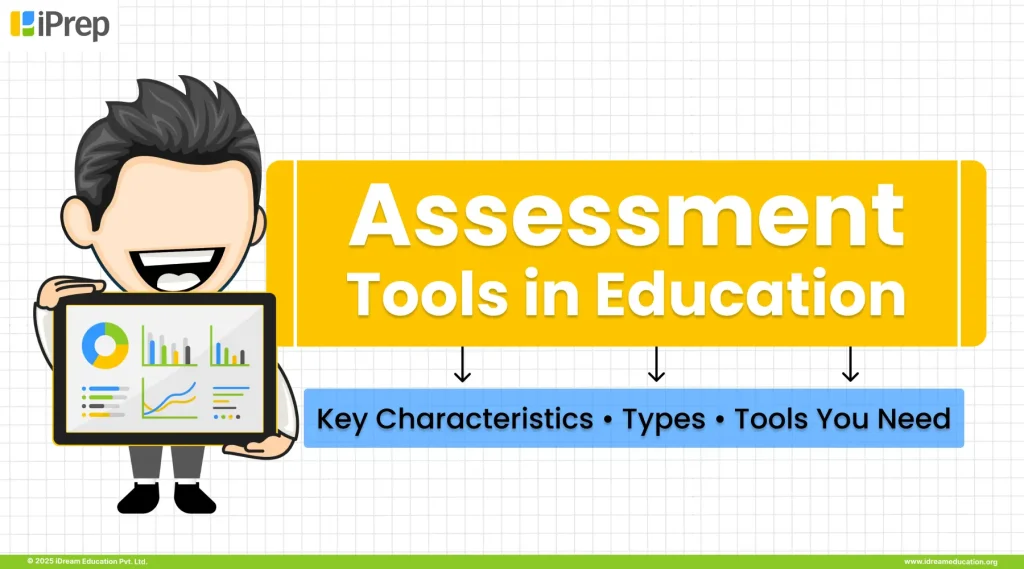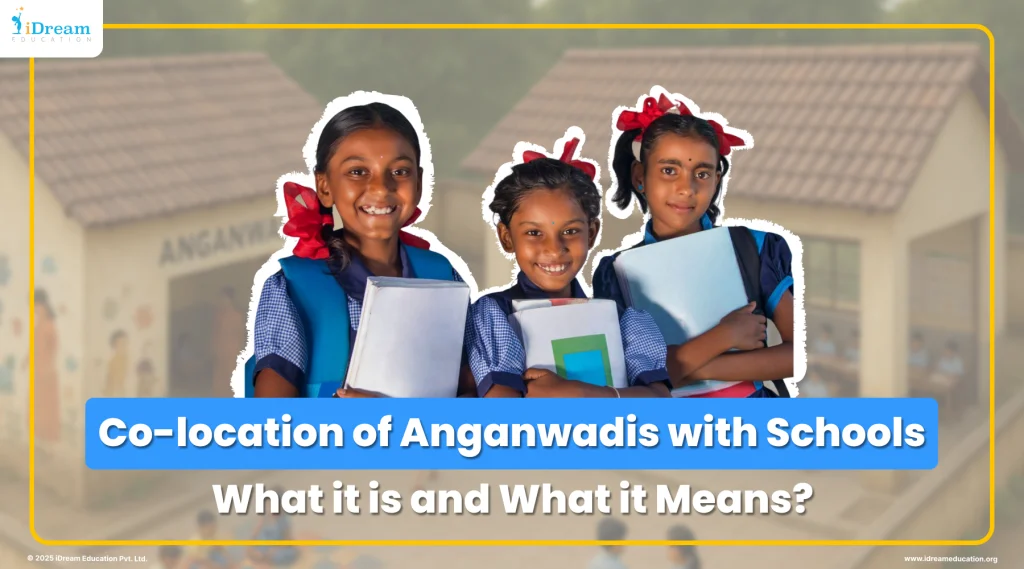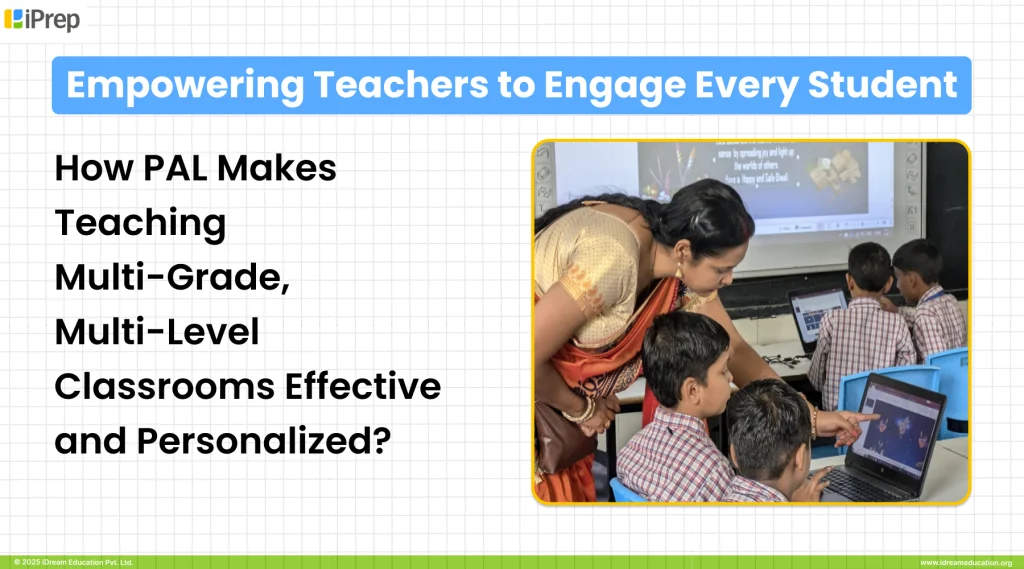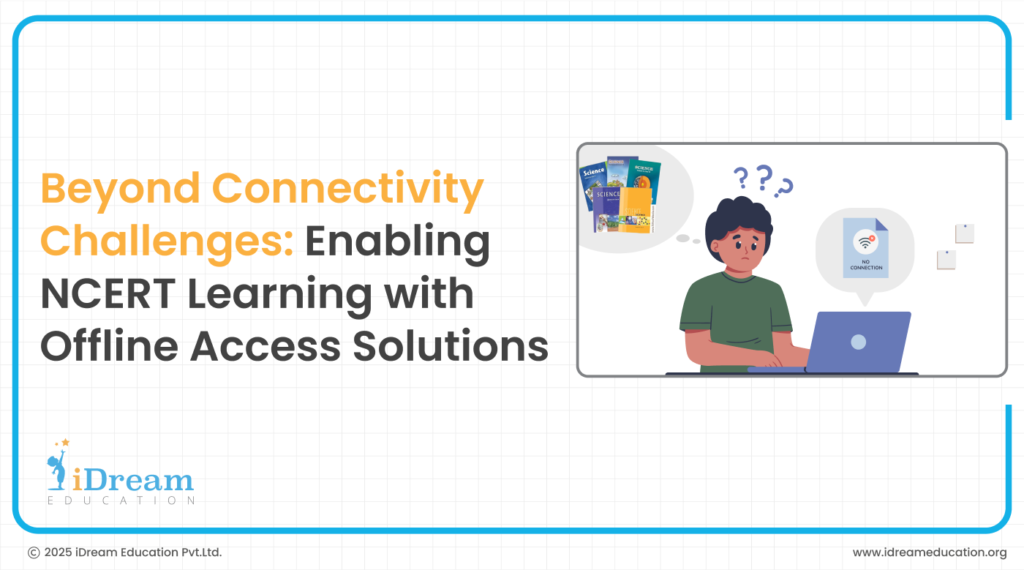
Ever tried loading a webpage when the internet’s crawling at snail speed? Annoying, isn’t it? Now multiply that frustration by about a hundred when it’s not just about checking Instagram, but trying to understand photosynthesis or quadratic equations.
Talk about educational inequality in digital form.
Here’s the uncomfortable truth: despite grand digital aspirations, 67% of Indian students live in places where internet connectivity plays hard to get. For these students, that spinning buffer icon isn’t just irritating—it’s another learning opportunity evaporating into thin air.
Which begs the question—why design digital education systems that depend on steady internet when that’s fantasy, not reality, for most of India? This is where offline learning solutions come into play.
Contextualising the Digital Infrastructure Deficit in Educational Settings
The digital divide isn’t some abstract concept gathering dust in policy papers. Recent data from the National Sample Survey paints a sobering picture: only 24% of Indian households have internet access, with rural areas at a mere 15%.
Among the poorest 20% of households, just 2.7% have access to a computer and 8.9% to internet facilities—creating a stark educational inequality.
This isn’t just about statistics. It’s about real students and teachers navigating nearly impossible circumstances. In many rural schools, only 30% have reliable electricity compared to 75% of urban schools, and internet connectivity reaches only 18% of rural schools versus 60% in urban areas.
The COVID-19 pandemic exposed these structural imbalances when schools pivoted to online learning. For millions of students, this wasn’t merely inconvenient—it meant complete educational exclusion.
The Microsoft Shiksha program and government initiatives like Digital India have attempted to address this gap, but significant challenges remain, particularly in infrastructure, teacher training, and the high cost of digital resources.
These connectivity barriers create an urgent question: amid such technological challenges, what educational content should take priority for offline delivery? The answer lies in focusing on a standardised, high-quality curriculum that serves the broadest possible student population.
Offline Learning Solutions: The Significance of the NCERT Curriculum
For good reason, the NCERT curriculum stands as the backbone of Indian education. Methodically developed, pedagogically sound, and creating a shared educational language across a wildly diverse country.
Whether studying in a metropolitan CBSE school or a state board institution nested in a remote village, the core curriculum remains aligned—creating that rare thing in Indian education: standardisation that helps.
This standardisation makes NCERT content perfect for digital adaptation. But how to deliver this valuable content when connectivity comes and goes like monsoon rain?
Offline Learning Solutions: Approaches that Work
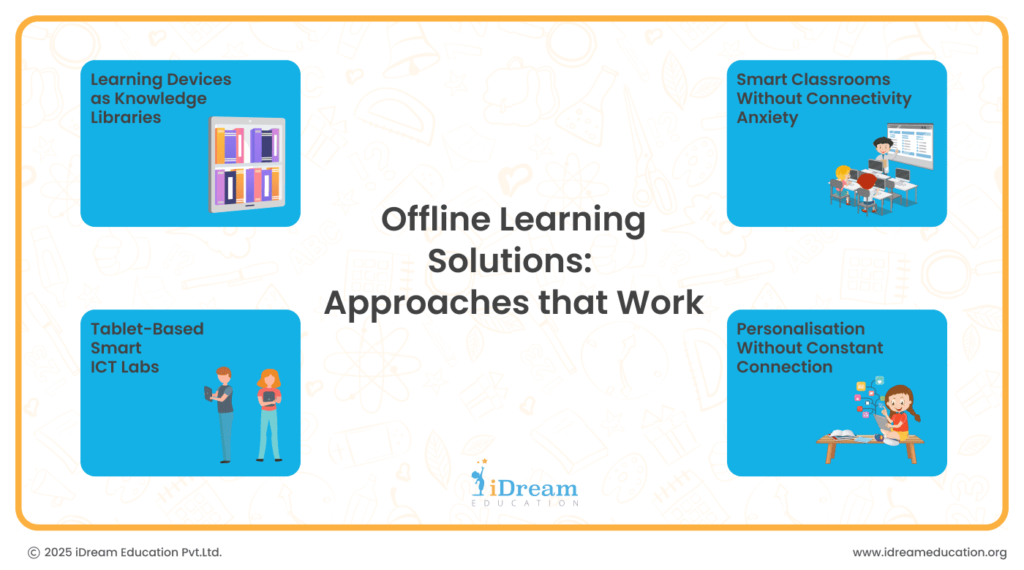
After years of trial and error across diverse Indian settings, certain approaches consistently deliver results when connectivity vanishes:
Learning Devices as Knowledge Libraries
Tablets shouldn’t be internet terminals—that’s missing their true potential. When transformed into self-contained knowledge libraries, preloaded with complete curriculum content—animations, interactive lessons, practice materials—students access everything without begging for signal bars. Learning happens on student schedules, not network availability.
Wonderful things happen when this approach takes root. Students in Himachal Pradesh schools gather in animated groups during breaks, hunched over tablets, exploring content together. They’re not just absorbing curriculum—they’re building collaborative skills simultaneously.
Tablet-Based Smart ICT Labs
Remember traditional computer labs? Those high-maintenance prima donnas demanding constant attention, stable electricity, and dedicated real estate.
Tablet-based Smart ICT Labs offer something radically different—simple maintenance, modest power needs, and the flexibility to float between classrooms as needed.
Schools in Uttarakhand have perfected this approach, with a single tablet set serving three different classrooms throughout the day. That’s working with resource constraints, not against them.
Smart Classrooms Without Connectivity Anxiety
When lesson plans hinge on internet whims, teacher stress skyrockets. Will today’s carefully crafted lesson evaporate because of connectivity issues?
Smart classroom solutions that function entirely offline eliminate this background anxiety. Content lives locally, ensuring lessons proceed as planned regardless of outside connectivity.
What is the effect on teaching quality? Dramatic. Before implementing offline solutions, teachers constantly prepared backup “chalk-and-talk” lessons for inevitable connectivity failures. Now energy goes where it belongs—creating engaging digital lessons without that nagging “what if the internet fails?” shadow.
Personalisation Without Constant Connection
The most sophisticated offline solutions include adaptive learning systems that personalise content based on individual student progress. These systems store usage data locally and sync only when connectivity eventually returns—delivering personalisation benefits without requiring minute-by-minute internet access.
What Separates Effective Offline Digital Learning Solutions from the Rest?
Not all offline digital learning approaches deliver equal results. Examining successful implementations reveals several factors that separate game-changing solutions from adequate ones:
- Complete Curriculum Coverage: Effective offline platforms must cover the entire curriculum for relevant classes, ensuring students never hit artificial barriers because certain topics weren’t included in the offline content.
- Content in Languages Students Actually Speak: Content must be available in regional languages, not just English and Hindi, to truly serve all students.
- Engagement Without Compromise: The best offline solutions include interactive animations, simulations, and visual explanations that bring abstract concepts to vibrant life.
- Reporting That Outsmart Connectivity Gaps: Well-designed systems store usage information locally and sync to central dashboards when connections eventually appear—ensuring continuous insights regardless of connectivity status.
Success Stories From Real Classrooms
The true test of any educational approach happens in actual classrooms—not PowerPoint presentations:
- The Army Goodwill School in Kashmir faces some of India’s most challenging connectivity environments. Their implementation of offline digital learning ensures students maintain continuous education regardless of external conditions like heavy snowfall.
- In Haryana, the ambitious e-Adhigam initiative equipped 5 lakh government school students with tablets preloaded with NCERT-aligned content. This wasn’t some cautious pilot program—it demonstrated offline solutions work at a massive scale, reaching entire student populations despite infrastructure limitations.
Education officers noticed something unexpected after implementation: improved attendance rates.
Takeaway
Universal education access requires solutions that work within existing constraints, not idealised futures. Offline learning systems offer immediate pathways to quality education regardless of connectivity status.
For educational institutions seeking practical implementations, iDream Education comes with several offerings:
- iPrep Digital Library: Tablet-based Smart ICT Lab with preloaded NCERT content
- iPrep Digital Class: Cross-platform Smart Classroom solution with offline functionality
- iPrep Tablets: Self-contained learning devices with integrated reporting
- iPrep PAL: Personalised Adaptive Learning system with offline capability
These solutions enable learning to happen on the student’s schedule, not when network infrastructure decides to cooperate—bringing educational equity to previously underserved populations through thoughtful technological design rather than waiting for connectivity improvements.To learn more, you can contact us at +91 7678265039 or share your details here or write to us at share@idreameducation.org.


